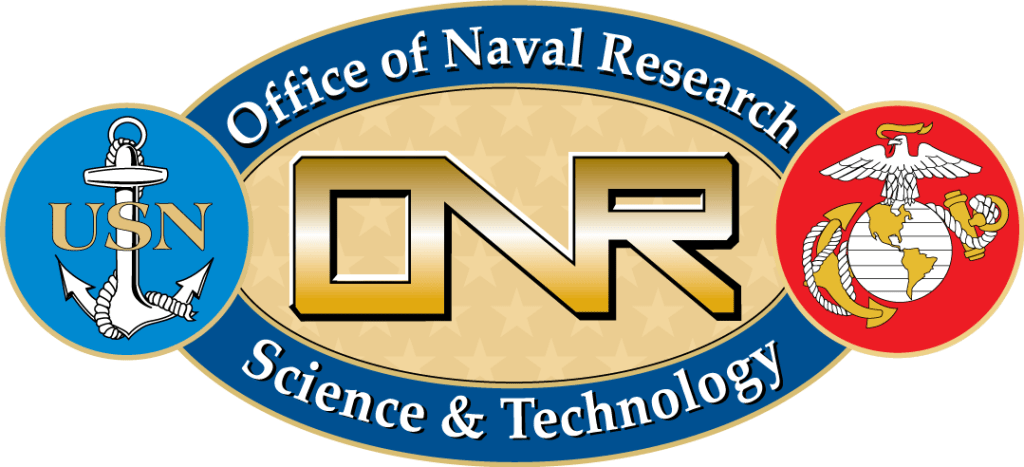Research topics
Electrochemical Separation for Water Treatment and Resource Recovery

Selective ion separation is critically needed for the removal of trace inorganic contaminants and the recovery of valuables materials from waste streams. Electrochemical technologies, such as electrosorption and electrodialysis, are well suited for decentralized facilities because they are modular and tunable, likely less prone to fouling and scaling, and often require relatively low capital investment. We develop electrode and membrane materials to achieve ion-ion selectivity and explore their application in water decontamination and resource recovery. We also perform techno-economic assessments of these technologies to determine the application potential for new materials and identify high-impact research opportunities for enabling future cost reduction.
Funding support:
Office of Naval Research
Department of Agriculture (USDA-NIFA)
Department of Energy, Geothermal Technologies Office (Link)
Selected publications:
- Kong, L.; Palacios, E.; Guan, X.; Shen, M.; Liu, X. Mechanisms for enhanced transport selectivity of like-charged ions in hydrophobic-polymer-modified ion-exchange membranes. Journal of Membrane Science, 2022, 658, 120645. doi.org/10.1016/j.memsci.2022.120645.
- Kong, L.; Liu, X. Emerging electrochemical processes for materials recovery from wastewater: Mechanisms and prospects. Frontiers of Environmental Science & Engineering, 2020, 14. doi.org/10.1007/s11783-020-1269-2.
- Liu, X.; Shanbhag, S.; Bartholomew, T.; Whitacre, J. F.; Mauter, M. S. Cost Comparison of Capacitive Deionization and Reverse Osmosis for Brackish Water Desalination. ACS ES&T Engineering, 2021, 1, 261–273. doi.org/10.1021/acsestengg.0c00094.
- Liu, X.; Shanbhag, S.; Natesakhawat, S.; Whitacre, J. F.; Mauter, M. S. Performance Loss of Activated Carbon Electrodes in Capacitive Deionization: Mechanisms and Material Property Predictors. Environmental Science & Technology 2020, 54, 15516-15526. doi.org/10.1021/acs.est.0c06549.
- Liu, X.; Whitacre, J. F.; Mauter, M. S. Mechanisms of Humic Acid Fouling on Capacitive and Insertion Electrodes for Electrochemical Desalination. Environmental Science & Technology 2018, 52, 12633-12641. doi.org/10.1021/acs.est.8b03261.
Mitigation of Surface Fouling and Scaling in Water Treatment

Organic fouling and mineral scaling are two types of surface fouling and are prevalent issues in water treatment processes, particularly in membrane separation. Additionally, fouling of surfaces (e.g., pipes, ship hulls) causes enormous economic losses in oil and gas as well as in maritime industries. Understanding the mechanisms of surface fouling is critical to designing effective and robust fouling-resistant surfaces. While protein-resistant surfaces are well described by the Whitesides’ rule, surfaces that are resistant to other types of organic fouling and mineral scaling lack a design principle. We employ quartz-crystal microbalance with dissipation monitoring to quantify organic fouling and mineral scaling kinetics in real-time and identify characteristics for fouling-resistant surfaces. We also employ force spectroscopy techniques to quantify the interfacial interactions between foulants and surfaces. Our goal is to fundamentally understand the mechanisms of surface fouling, and to identify design rules for high-performance and durable anti-fouling surfaces.
Funding support:
National Science Foundation Interfacial Engineering Program (Link)
National Science Foundation Nanoscale Interactions Program (Link)
Selected publications:
- Tong, T.; Liu, X.; Li, T.; Park, S.; Anger, B. A Tale of Two Foulants: The Coupling of Organic Fouling and Mineral Scaling in Membrane Desalination. Environmental Science and Technology, 2023, 57, 7129-7149. doi.org/10.1021/acs.est.3c00414.
- Stafford, C. M.; Guan, X.; Qi, Y. R.; Zhang, Y.; Liu, X. Tuning the surface functionality of polyamide films via termination reaction in molecular layer-by-layer deposition. Journal of Membrane Science, 2022, 661, 120855. doi.org/10.1016/j.memsci.2022.120855.
- Reese, C. J.; Qi, Y. R.; Abele, D. T.; Wagner, M. J.; Liu, X. T.; Boyes, S. G. Antifouling Oligoethylene Glycol-Functionalized Aromatic Polyamides Brushes Synthesized via Surface-Initiated Chain-Growth Condensation Polymerization. ACS Applied Polymer Materials, 2022, 4, 1890-1902. doi.org/10.1021/acsapm.1c01742.
- Qi, Y.; Tong, T.; Liu, X. Mechanisms of Silica Scale Formation on Organic Macromolecule-Coated Surfaces. ACS ES&T Water, 2021, 1, 1826-1836. doi.org/10.1021/acsestwater.1c00120.
Interaction of Colloidal Particles with Environmental Surfaces

Colloids are dispersions of small particles with dimensions spanning both “nano” and “micro” size ranges. Colloidal particles are relevant to a variety of chemical engineering and environmental processes. For example, a major objective in water treatment is the removal of pathogens (e.g., bacteria and viruses) and other colloidal particles via granular filtration processes. In groundwater remediation, particulate amendments (such as colloidal activated carbon) are injected into aquifers to remediate groundwater polluted by organic contaminants, such as per- and polyfluoroalkyl substances (PFAS). We study aggregation, deposition, and remobilization of colloids in aquatic environments, with an emphasis on the impact of environmental complexity (such as surface characteristics and perturbation of solution chemistries) on colloid transport and interactions with environmental surfaces. We also employ atomic force microscopy techniques to quantify the interfacial forces between colloids and surfaces.
Funding support:
Strategic Environmental Research and Development Program (SERDP) (Link)
ACS Petroleum Research Fund
Selected publications:
- Feng, Y.; Zhang, Y.; Liu, G.; Liu, X.; Gao, S. Interaction of graphene oxide with artificial cell membranes: Role of anionic phospholipid and cholesterol in nanoparticle attachment and membrane disruption. Colloids and Surfaces B: Biointerfaces 2021, 202, 111685. doi.org/10.1016/j.colsurfb.2021.111685.
- Liu, X.; Yan, C.; Chen, K. L. Adsorption of Human Serum Albumin on Graphene Oxide: Implications for Protein Corona Formation and Conformation. Environmental Science & Technology 2019, 53, 8631-8639. doi.org/10.1021/acs.est.8b03451.
- Liu, X. Interactions of Silver Nanoparticles Formed in Situ on AFM Tips with Supported Lipid Bilayers. Langmuir, 2018, 34, 10774-10781. doi.org/10.1021/acs.langmuir.8b01545.
- Liu, X.; Chen, K. L. Aggregation and interactions of chemical mechanical planarization nanoparticles with model biological membranes: role of phosphate adsorption. Environmental Science: Nano, 2016, 3, 146-156. doi.org/10.1039/c5en00176e
- Liu, X.; Chen, K. L. Interactions of Graphene Oxide with Model Cell Membranes: Probing Nanoparticle Attachment and Lipid Bilayer Disruption. Langmuir, 2015, 31, 12076-86. doi.org/10.1021/acs.langmuir.5b02414.
Funding Support Acknowledgements







